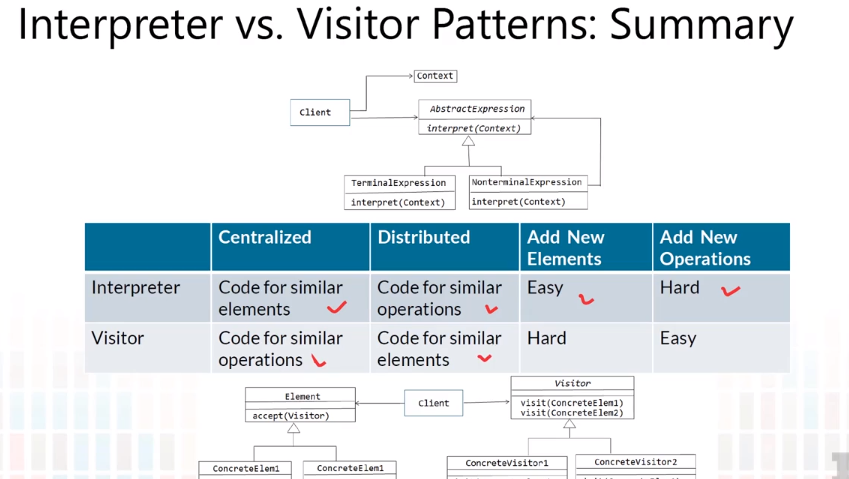- CS 410 Text Information Systems
- CS 425 Distributed Systems
- CS 427 Software Engineering
CS 410 Text Information Systems
(under constructior construction)
Goals and Objectives
- Explain some basic concepts in natural language processing and text information access.
- Explain why text retrieval is often defined as a ranking problem.
- Explain the basic idea of the vector space retrieval model and how to instantiate it with the simplest bit-vector representation.
Guiding Questions
- What is entropy? For what kind of random variables does the entropy function reach its minimum and maximum, respectively?
- What is conditional entropy?
-
What is the relation between conditional entropy H(X Y) and entropy H(X)? Which is larger? - How can conditional entropy be used for discovering syntagmatic relations?
-
What is mutual information I(X;Y)? How is it related to entropy H(X) and conditional entropy H(X Y)? - What’s the minimum value of I(X;Y)? Is it symmetric?
- For what kind of X and Y, does mutual information I(X;Y) reach its minimum? For a given X, for what Y does I(X;Y) reach its maximum?
- Why is mutual information sometimes more useful for discovering syntagmatic relations than conditional entropy?
- What is a topic?
- How can we define the task of topic mining and analysis computationally? What’s the input? What’s the output?
- How can we heuristically solve the problem of topic mining and analysis by treating a term as a topic? What are the main problems of such an approach?
- What are the benefits of representing a topic by a word distribution?
- What is a statistical language model? What is a unigram language model? How can we compute the probability of a sequence of words given a unigram language model?
- What is Maximum Likelihood estimate of a unigram language model given a text article?
- What is the basic idea of Bayesian estimation? What is a prior distribution? What is a posterior distribution? How are they related with each other? What is Bayes rule?
Additional Readings and Resources
- C. Zhai and S. Massung. Text Data Management and Analysis: A Practical Introduction to Information Retrieval and Text Mining, ACM and Morgan & Claypool Publishers, 2016. Chapters 13, 17.
Key Phrases and Concepts
- Entropy
- Conditional entropy
- Mutual information
- Topic and coverage of topic
- Language model
- Generative model
- Unigram language model
- Word distribution
- Background language model
- Parameters of a probabilistic model
- Likelihood
- Bayes rule
- Maximum likelihood estimation
- Prior and posterior distributions
- Bayesian estimation & inference
- Maximum a posteriori (MAP) estimate
- Prior model
- Posterior mode
Video Lecture Notes

8-1 Syntagmatic Relation Discovery
8-1-1 Entropy

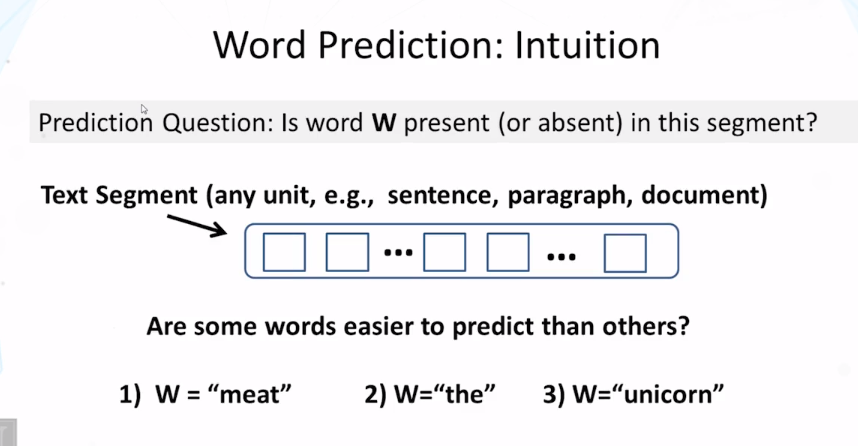
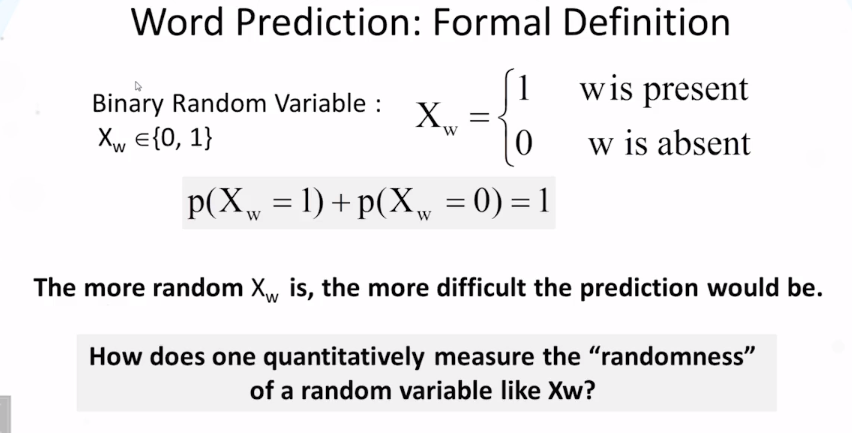
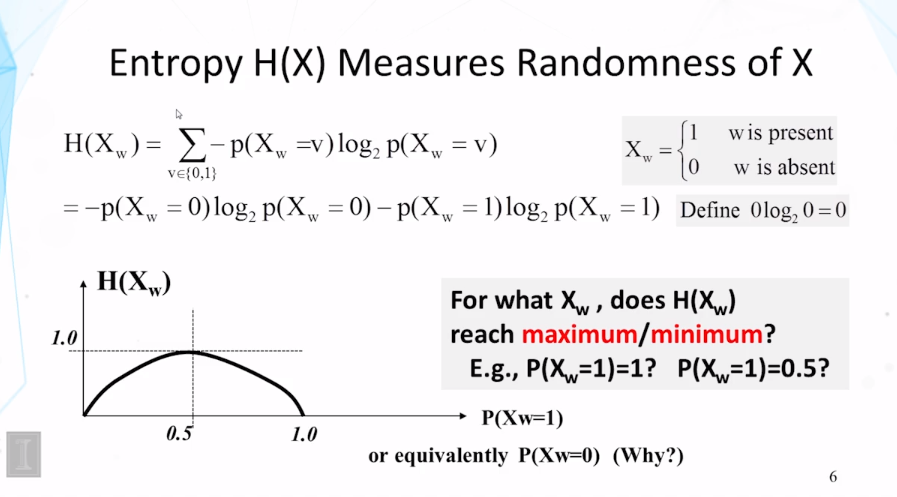
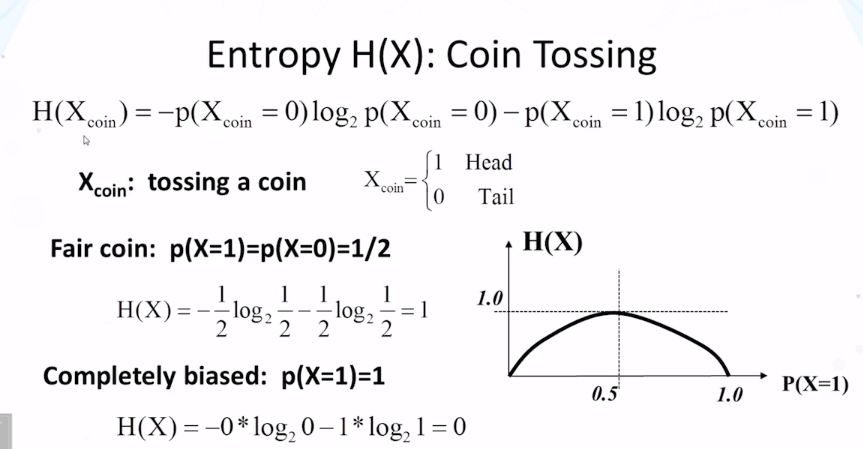
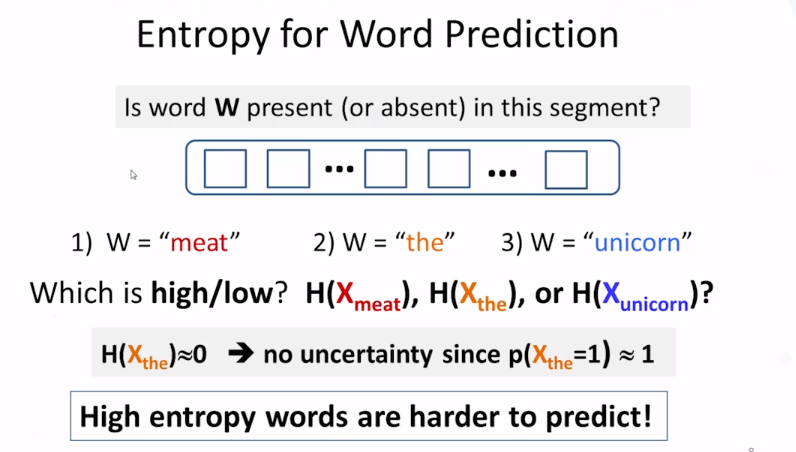
8-1-2 Conditional Entropy
- Entropy of a word being present is minimum when given exact word is present (ie 0)
- Entropy of a word being present is maximum when given unrelated word is present (ie, H(Xword))
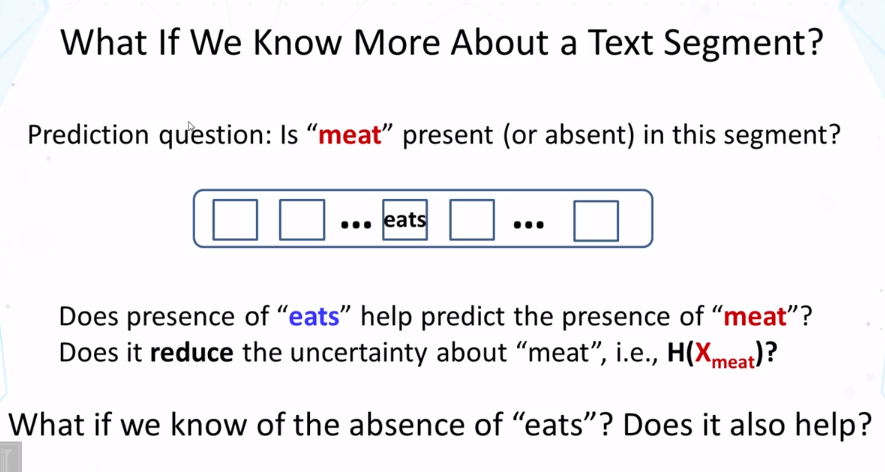
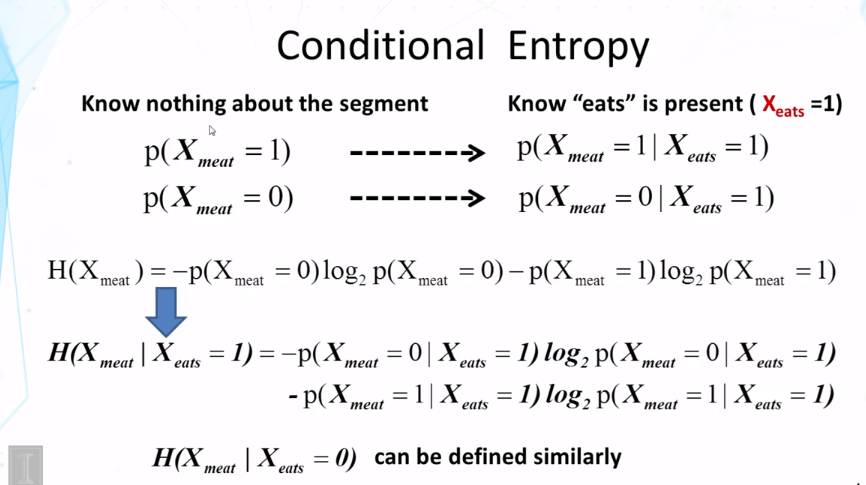
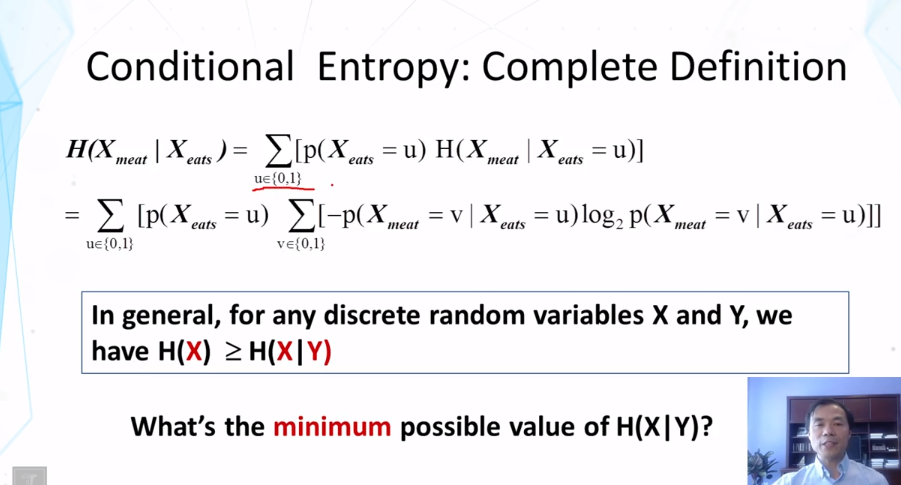
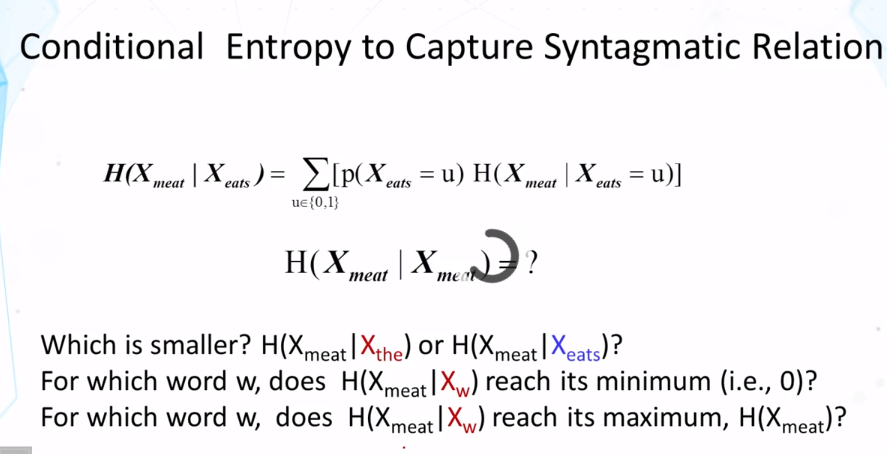
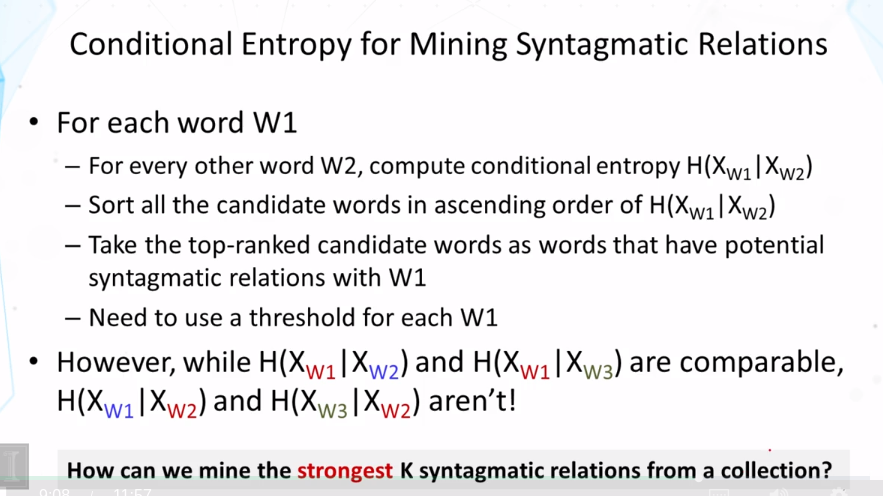
8-1-3 Mutual Information Part 1
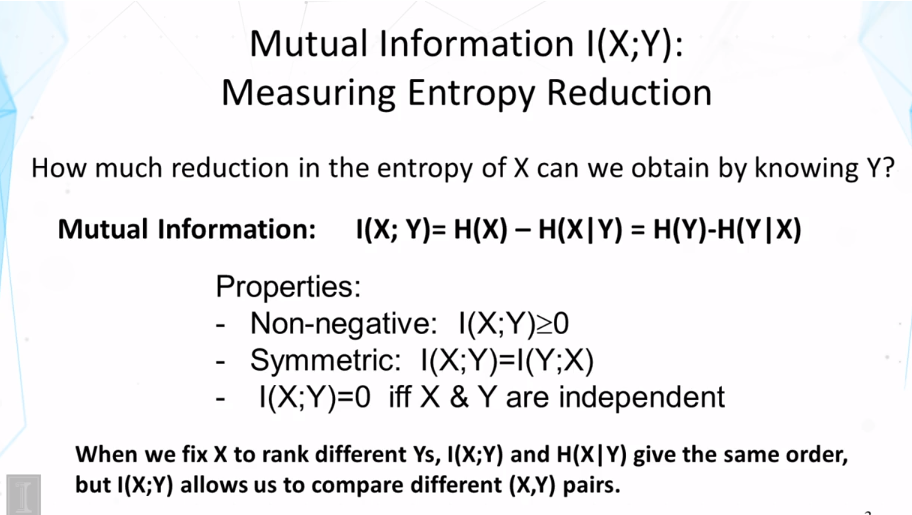
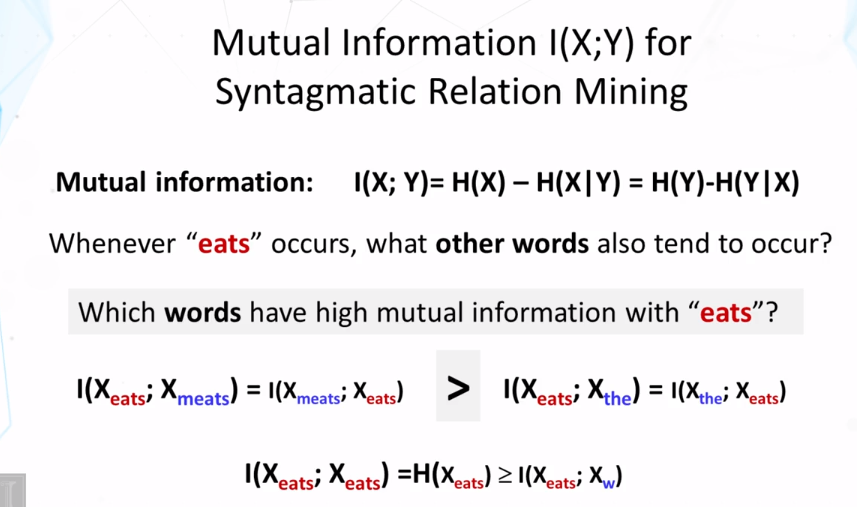
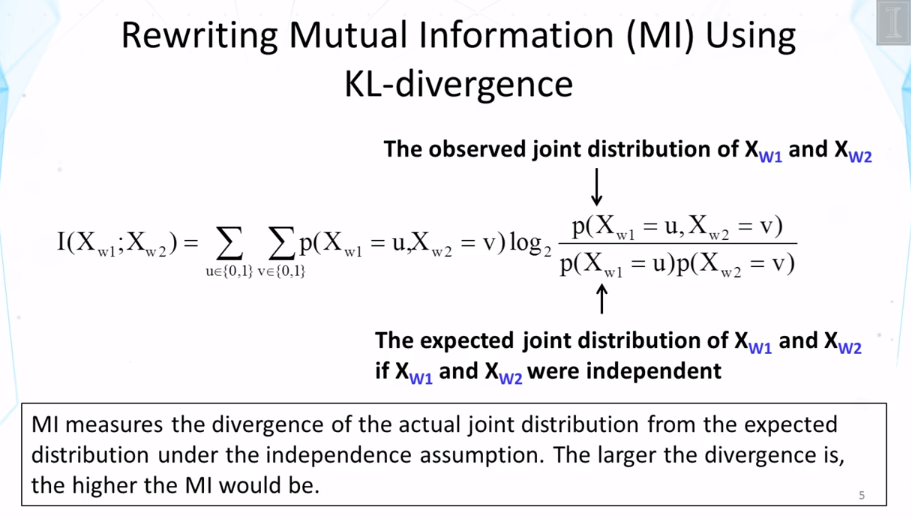
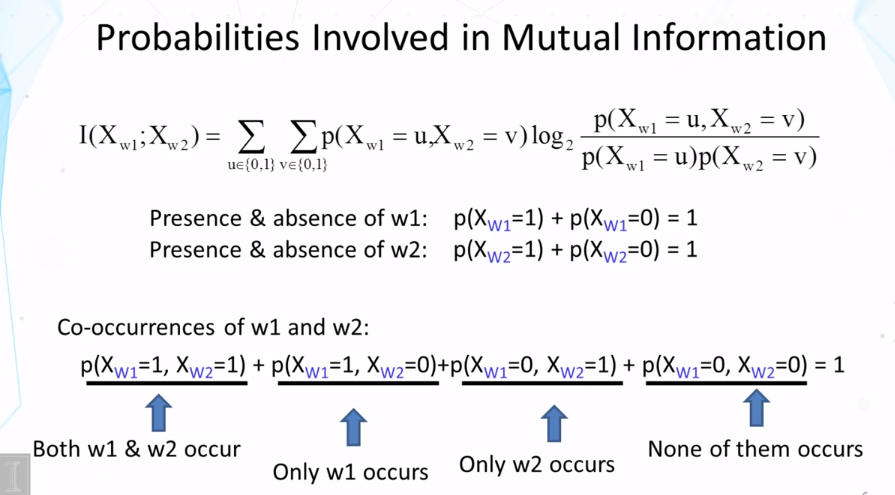
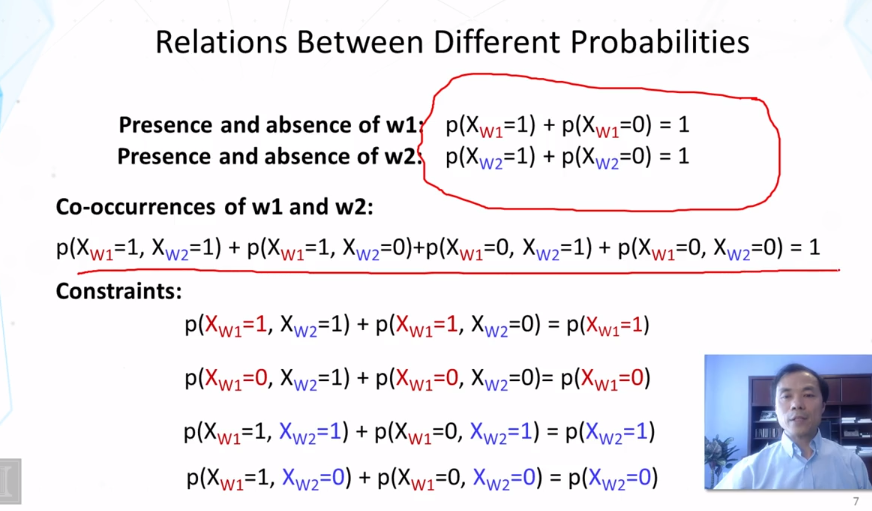
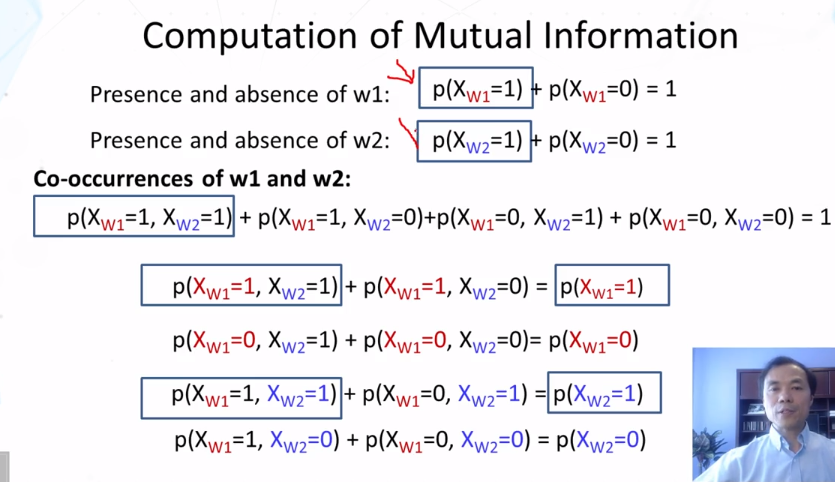

8-1-4 Mutual Information Part 2
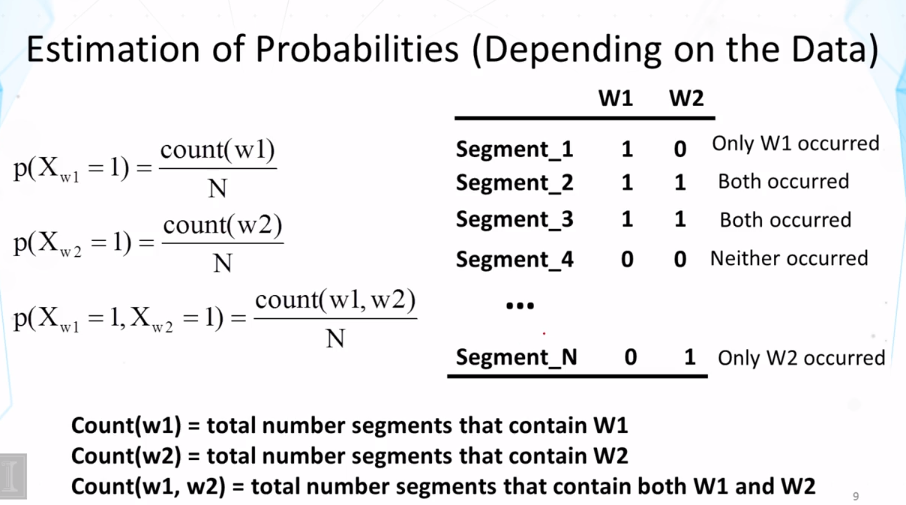
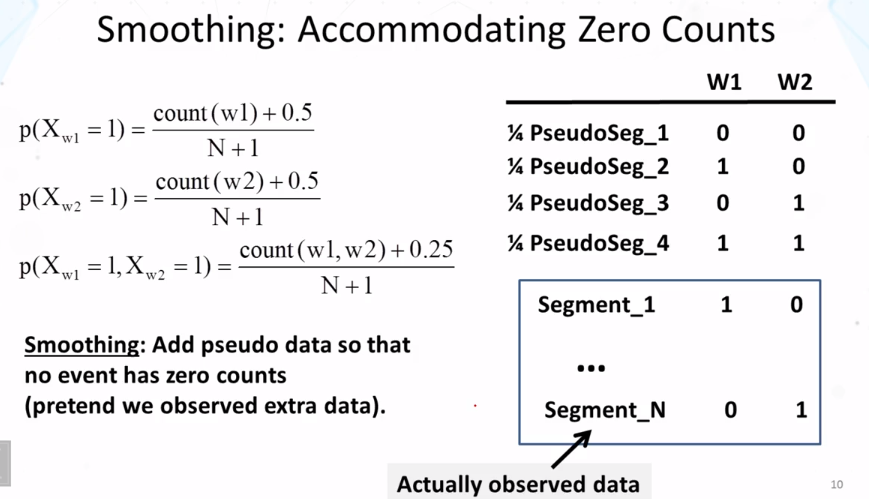
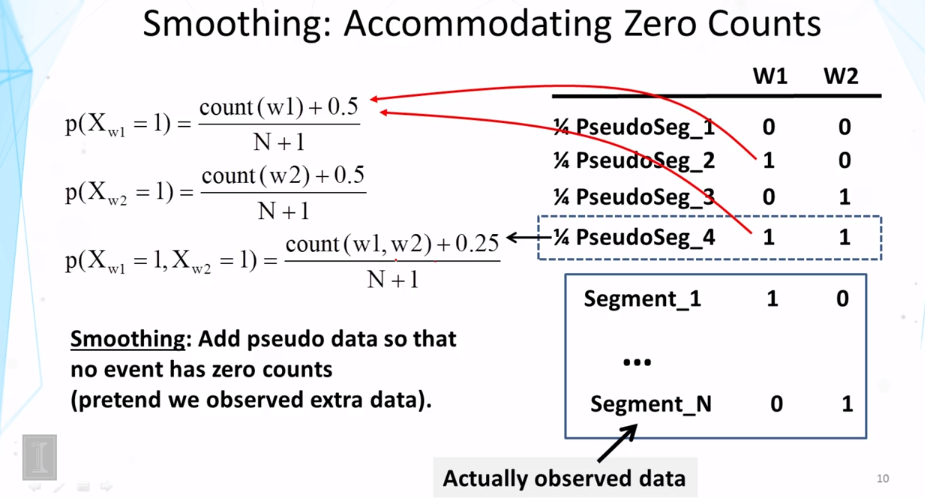
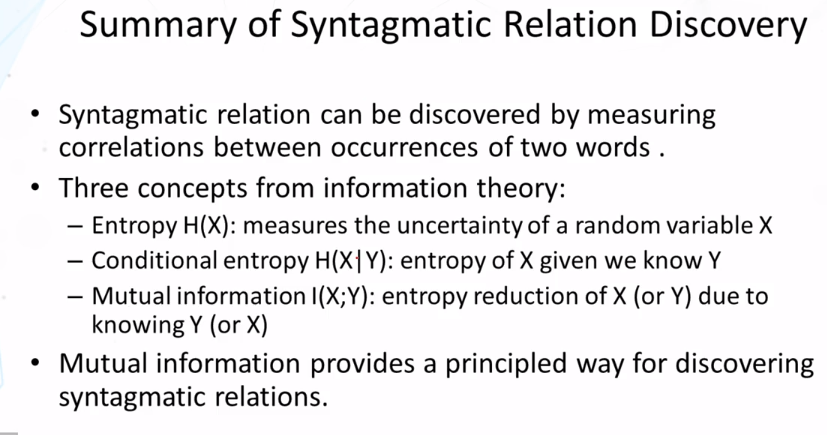
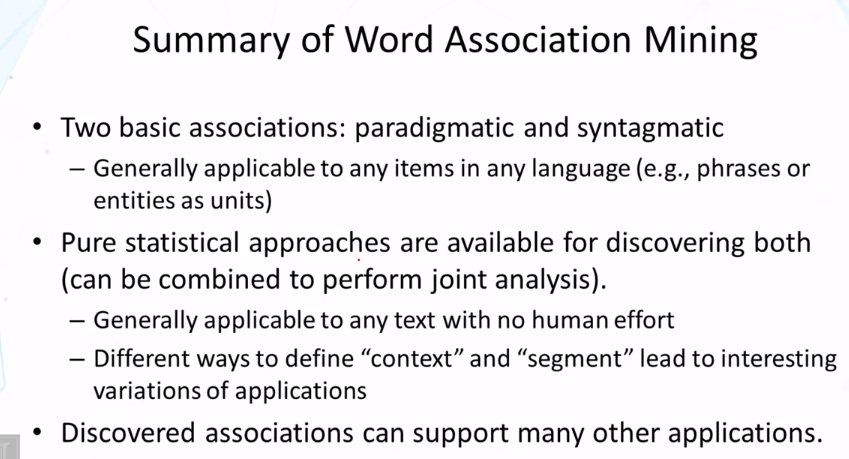
8-2 Topic Mining and Analysis
8-2-1 Motivation and Task Definition
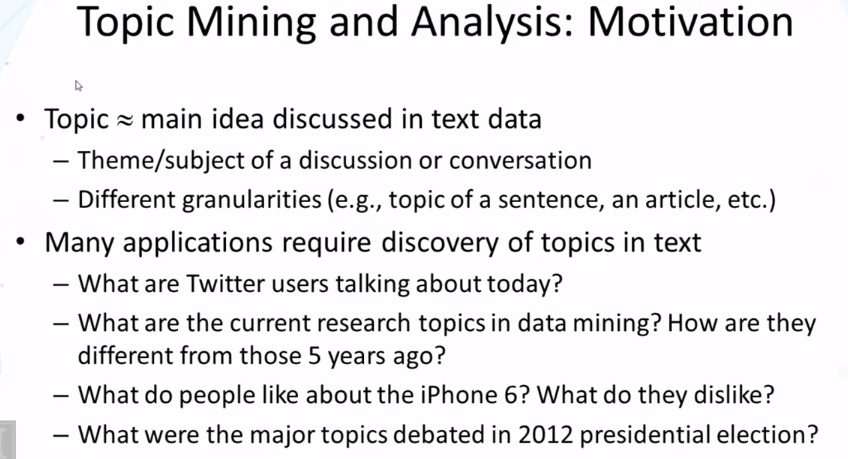
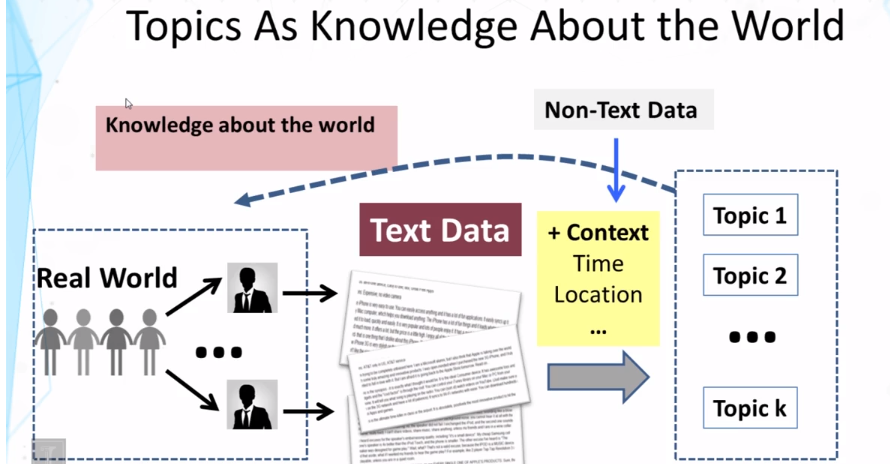
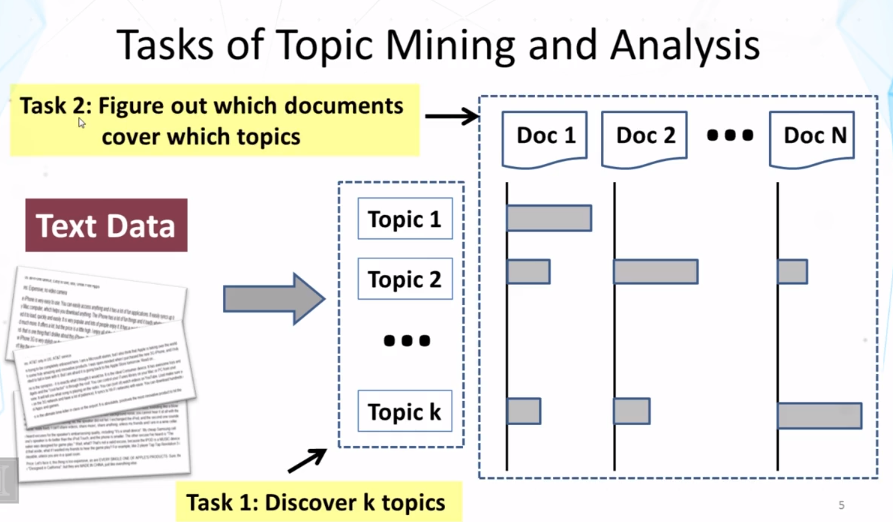
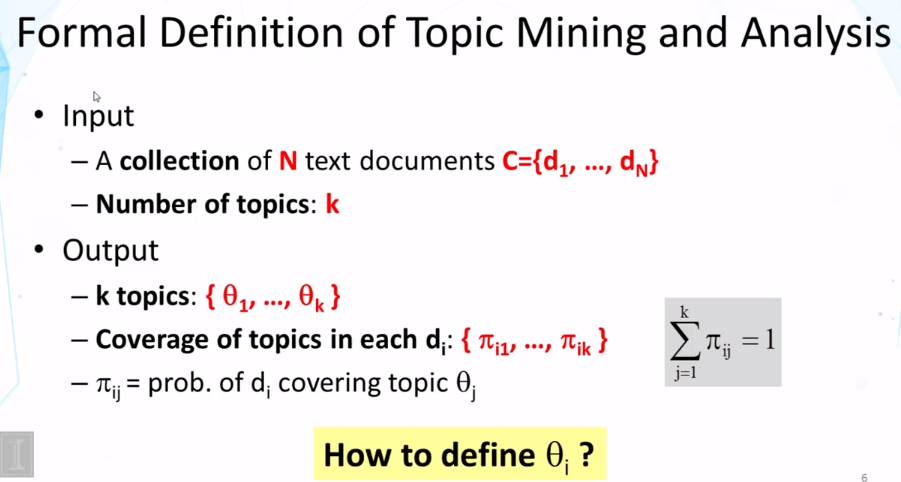
8-2-2 Term as Topic
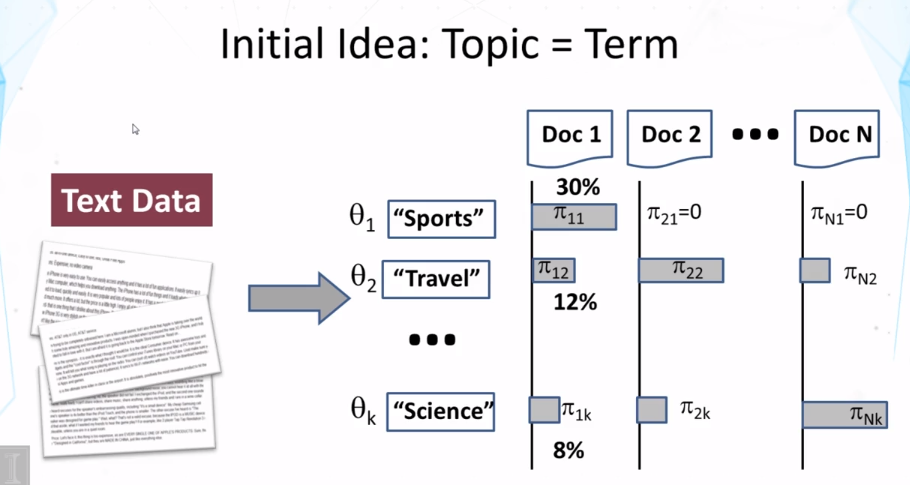
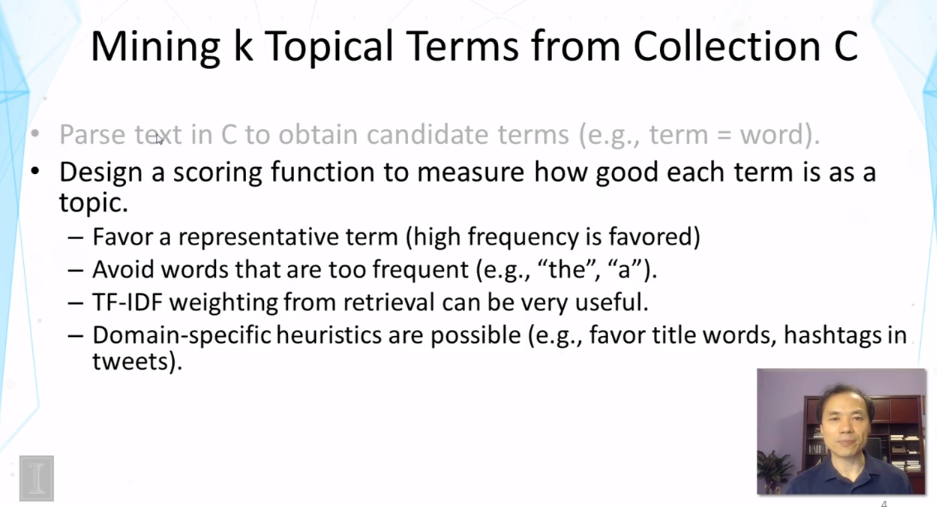

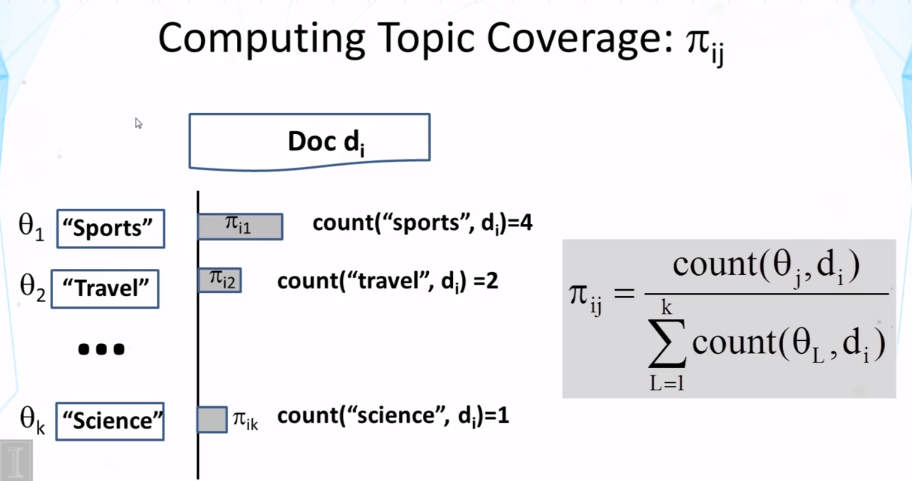
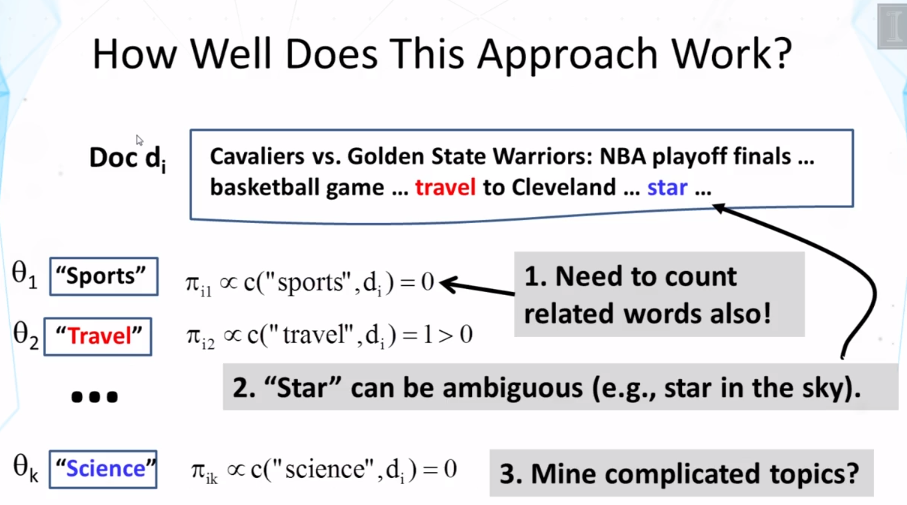
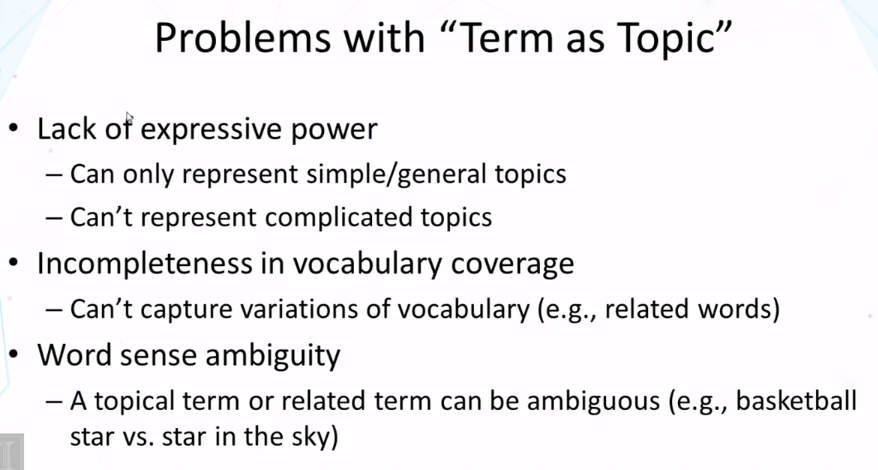
8-2-3 Probabalistic Topic Models
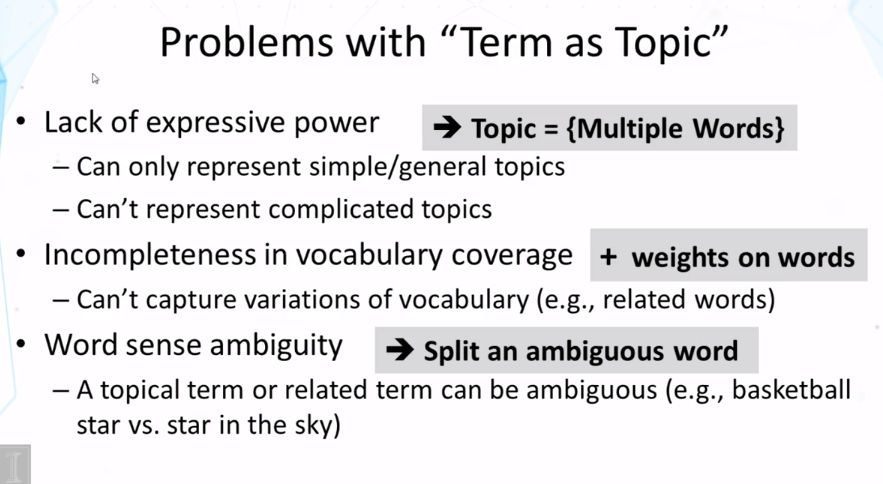

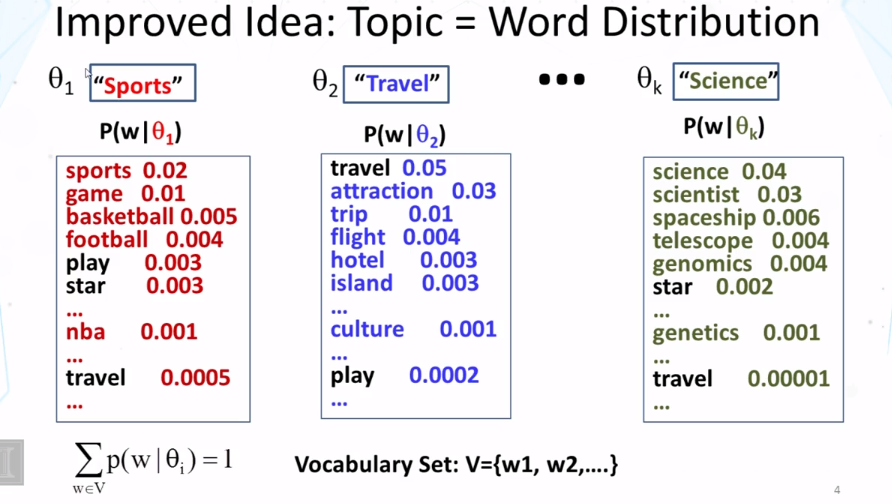
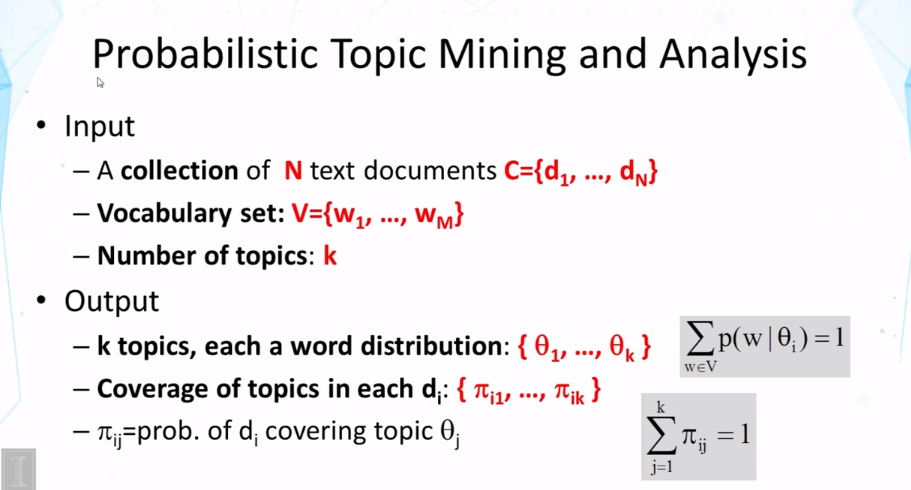

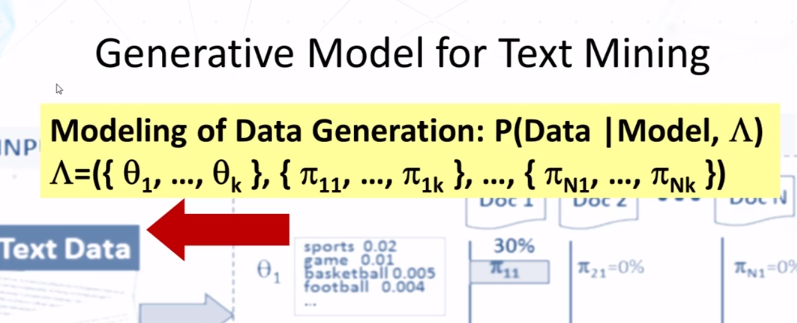

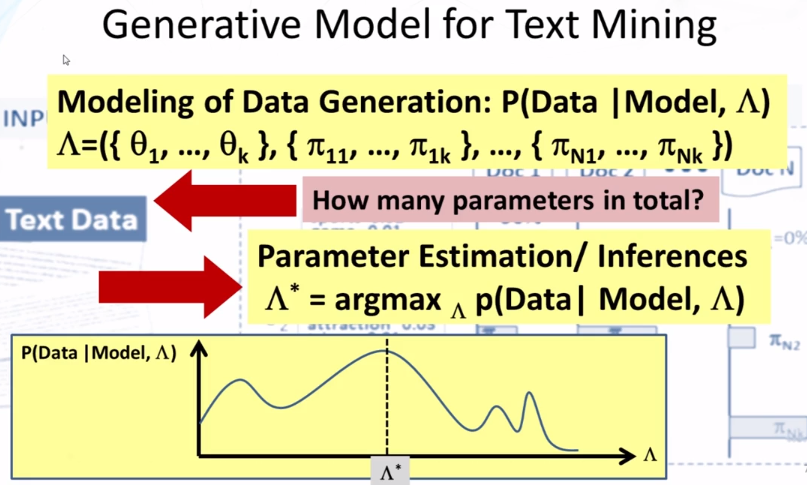
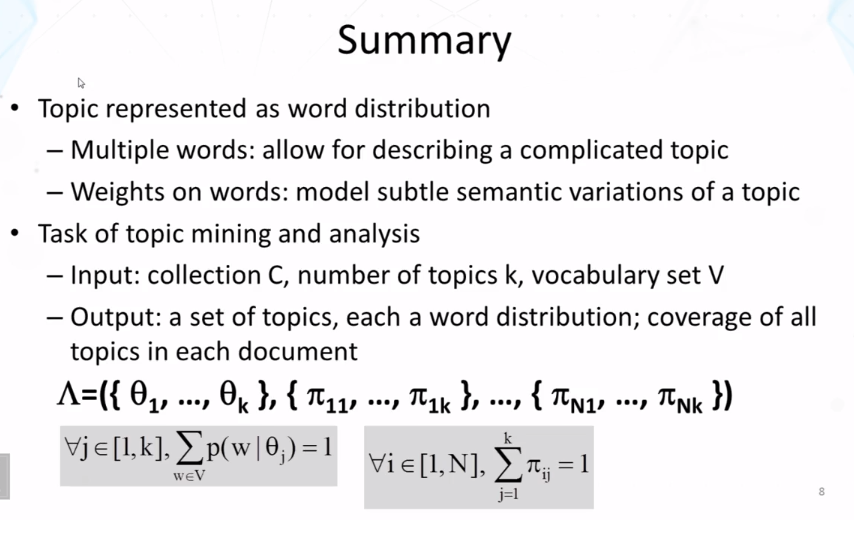

8-2-3-1 Overview of Statistical Language Models Part 1
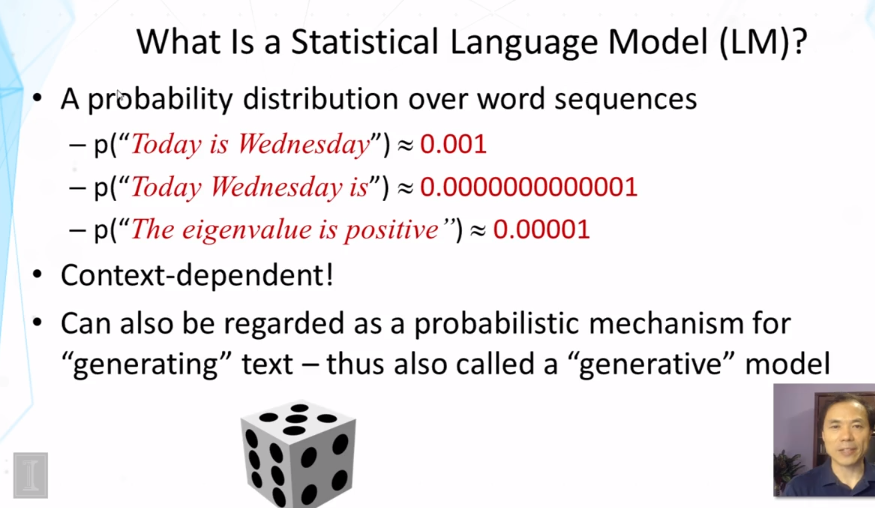
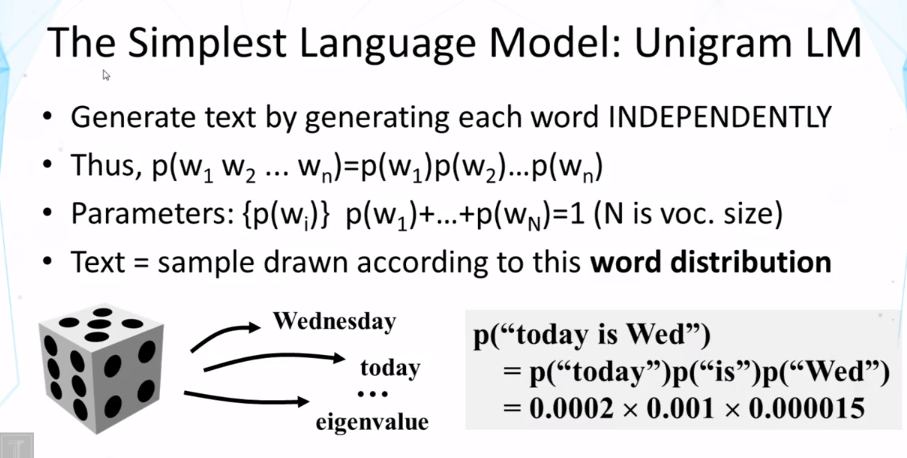


8-2-3-2 Overview of Statistical Language Models Part 2
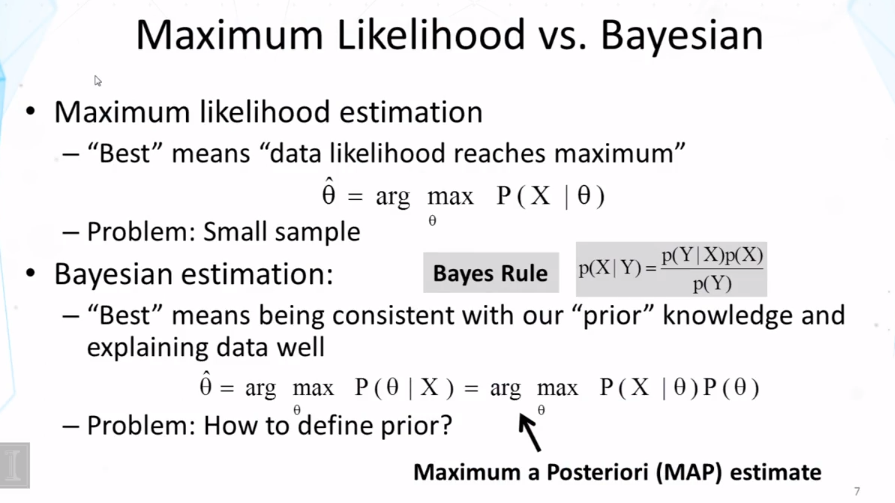
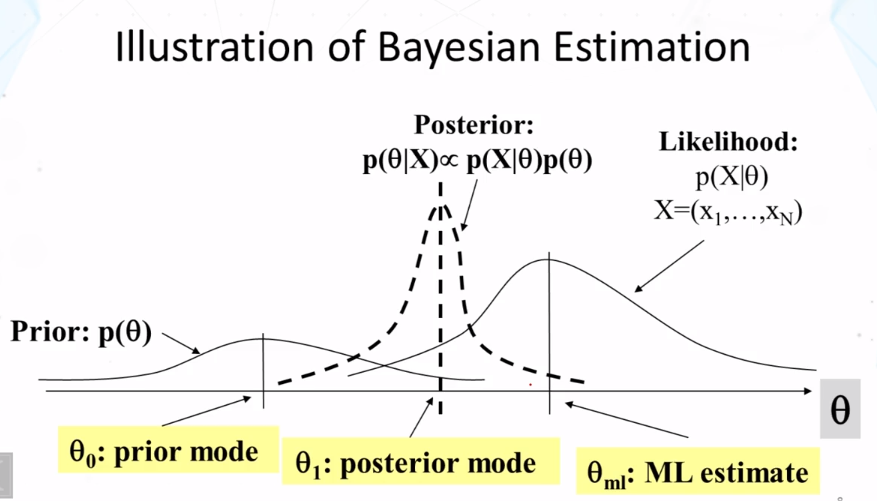
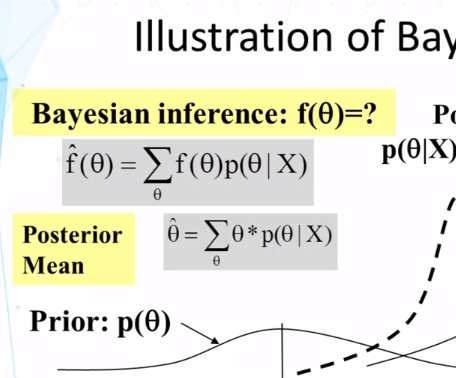
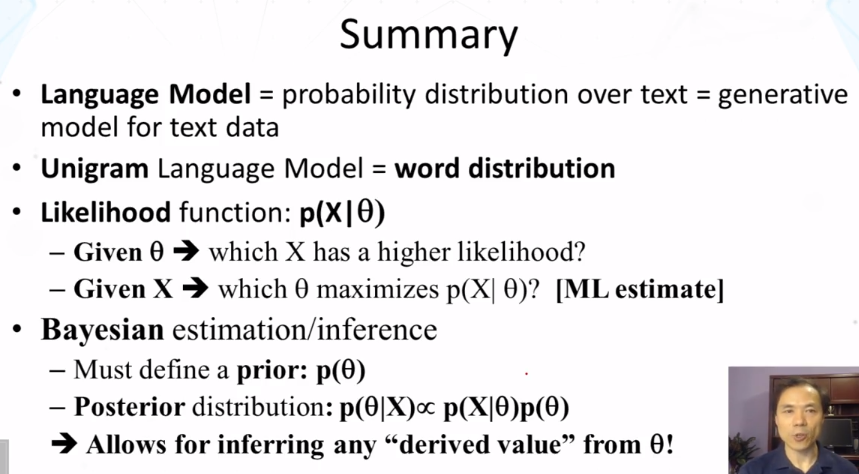
8-2-3-3 Mining One Topic
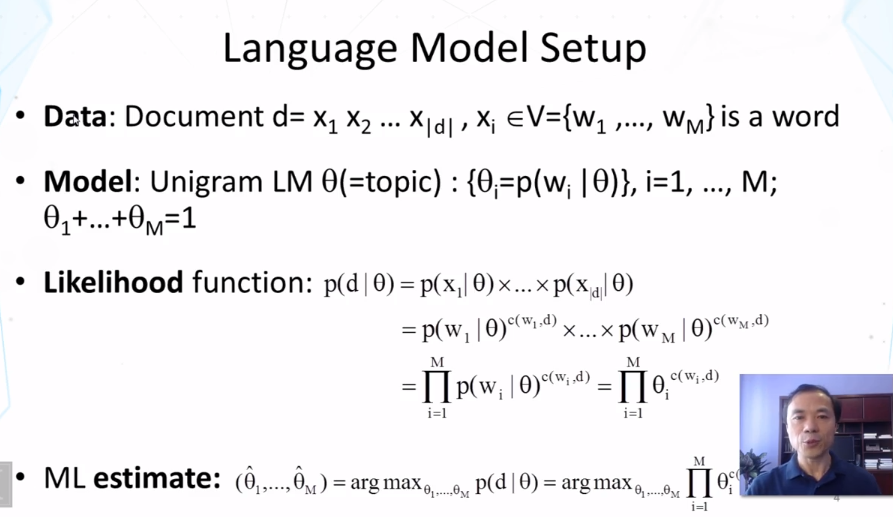

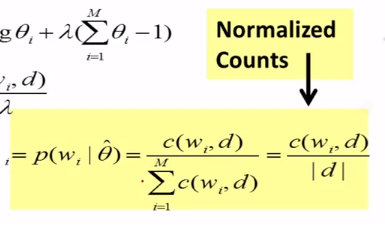
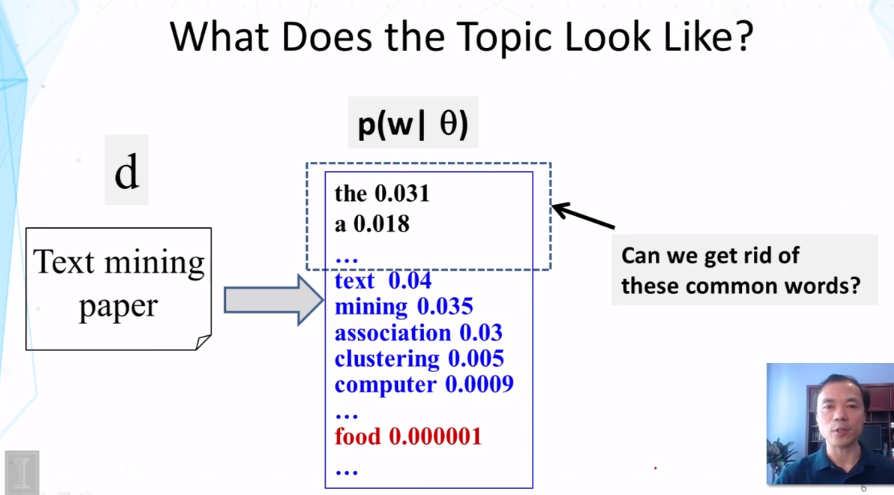
CS 425 Distributed Systems
No new content this week, midterm.
CS 427 Software Engineering
Goals and Objectives
- Design pattern
- Observer pattern
- Composite pattern
- Interpreter Pattern
- Visitor Pattern
- Template Method Pattern
- Iterator Pattern
- Strategy Pattern
Video Lecture Notes
5-7 Design Pattern
- A design pattern is the description of communicating objects and classes that are customized to solve a general design problem in a particular context, identifying:
- The participating classes and objects
- Their roles and collaborations
- The distribution of responsibilities
- Gang of Four Book: Design Patterns, elements of reusable object-oriented software
- presents 23 object-oriented patterns:
- creational patterns (5)
- structural patterns (7)
- behavioral patterns (11)
- presents 23 object-oriented patterns:
5-8 Observer Pattern
- Using an observer pattern can reduce cycles of dependency (one to many dependency)
- Cycles of dependence
- If package A depends on package B, then you cannot run the tests for A unless you also have B
- “A depends on B” means you cannot use A unless you have B
- “Package A depends on packageB” means that something in A deponds on something in B
- IF package A depends on package B, then package B should NOT depend on package A
- If classes C and D both depend on each other, put them in the same package
- If package A depends on package B, then you cannot run the tests for A unless you also have B
- Cycles of dependence
5-9 Composite Pattern
- Composite
- problem:
- Complex part-whole hierarchy has lots of similar classes
- Example: book, chaptter, section, paragraph
- Complex part-whole hierarchy has lots of similar classes
- Objectives
- Simplicity - treat composite (ie, composition of parts) like a part
- Power - create new kind of part by composing existing ones
- Safety - treat parts and composites uniformly (no special cases)
- problem:
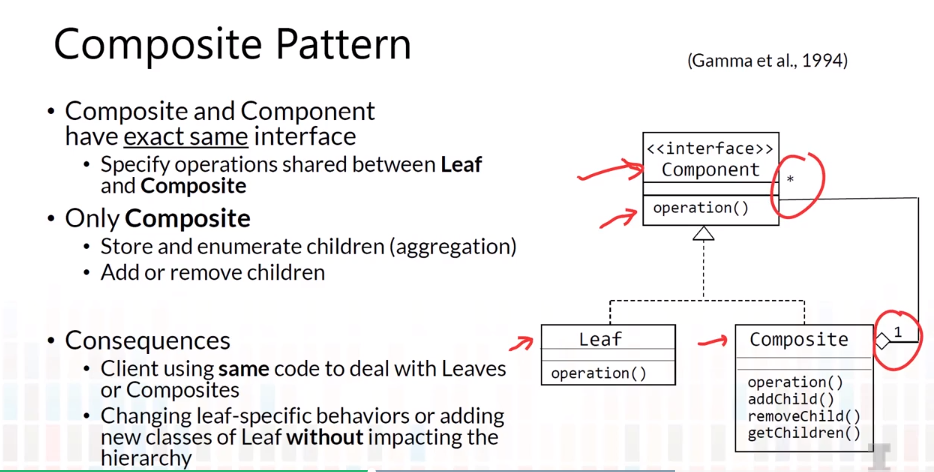
- Behavioral Patterns:
- Observer: Define a one-to-many dependency between objects so that when one object changes state, all its dependents are notified and updated automatically.
- Visitor: Represent an operation to be performed on the elements of an object structure. Visitor lets you define a new operation without changing the classes of the elements on which it operates.
- Interpreter: Given a language, define a representation for its grammar along with an interpreter that uses the representation to interpret sentences in the language.
- Template Method: Define the skeleton of an algorithm in an operation, deferring some steps to subclasses. Template Method lets subclasses redefine certain steps of an algorithm without changing the algorithm’s structure.
- Iterator: Provide a way to access the elemetns of an aggregate object sequentially without exposing its underlying representation.
- Strategy: Define a family of algorithms, encapsulate each one, and make them interchangeable. Strategy lets the algorithm vary independently from clients that use it.
- Structural Patterns
- Composite: Compose objects into tree structures to represent part-whole hierarchies. Composite lets clients treat individual objects and compositions of objects uniformly.
